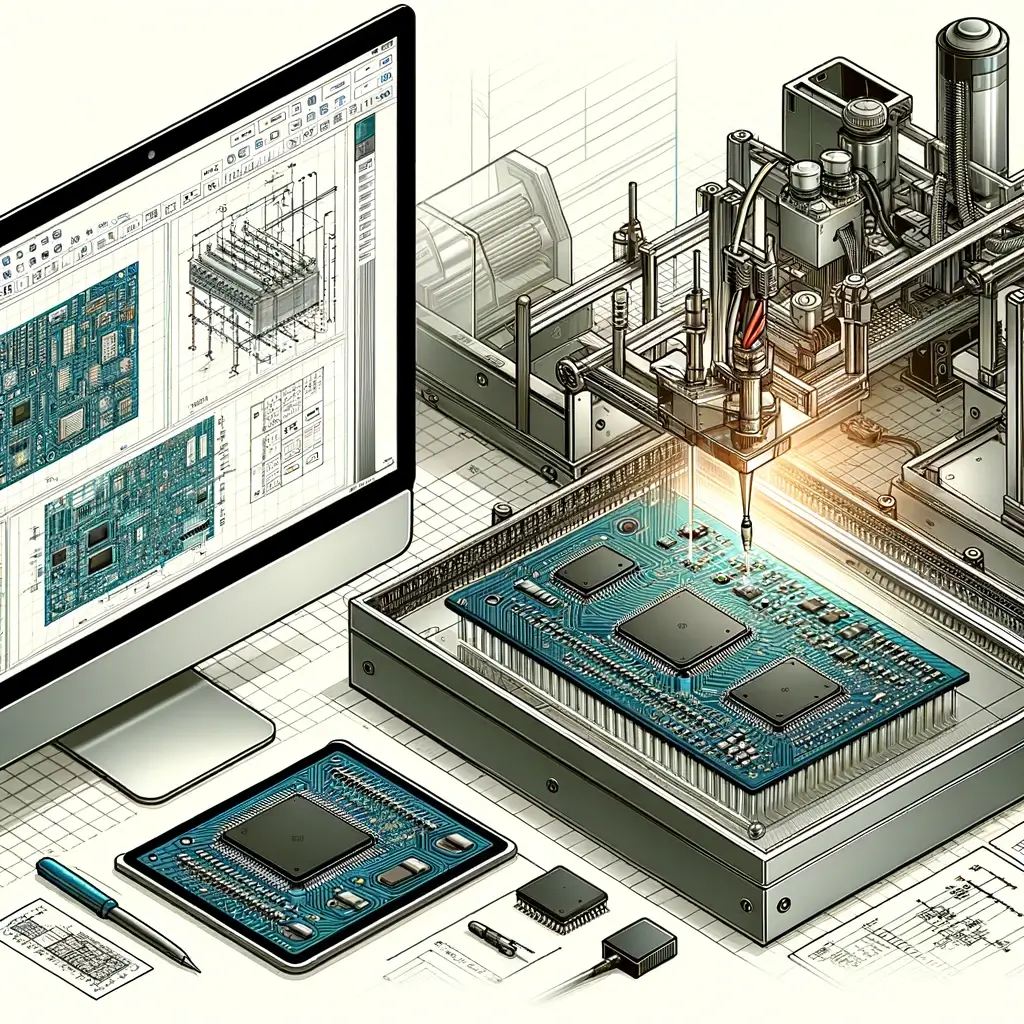Innovations in PCB Automatic Printing, Labeling, and Packaging
In the past few years, the trend of automating Printed Circuit Board (PCB) production has been on the rise. One of the critical stages in the PCB production process is printing, labeling, and packaging. Automating these processes ensures lesser human intervention, improved speed, accuracy, and less material wastage.
As a result, PCB automatic printing, labeling, and packaging solutions have gained considerable attention among PCB manufacturers. In this blog, we will explore some of the innovative solutions available in the market today.
1. Automatic Screen Printing Machine
Screen printing is a critical process in PCB production. In this process, a layer of solder paste is applied to the board, and components are placed on it. Automatic screen printing machines are designed to apply the solder paste uniformly, and they offer high-accuracy printing. The machines consist of a stable printing platform and a printing head, which has a stencil on it. The stencil is positioned on the board, and the solder paste is deposited through the holes.
2. Automatic Labeling Machine
Labeling the components on a PCB board is a tedious manual task. The labor-intensive process consumes time and is prone to human error. An automatic labeling system can simplify this task by labeling the board with precision. The system consists of a conveyor belt and labeling module, and it is designed to handle a variety of board sizes and shapes. The module can also apply a label on both sides of the board if required.
3. Automatic Packaging Machine
The last stage of PCB production is packaging. The PCBs have to be packed carefully to protect them from damage during transportation and storage. A manual packaging process is labor-intensive and prone to mistakes, leading to damaged PCBs. An automatic packaging machine can eliminate these issues by packing the PCBs accurately. The machine has a conveyor belt system and automatically wraps the board and places it in a box, ensuring it stays secure during transportation.
4. Automatic Optical Inspection Machine
The Automatic Optical Inspection (AOI) machine is an innovative solution designed to check the quality of the PCBs after they are produced. The machine scans the PCB board for defects such as scratches, short circuits, broken components, and misalignment. It then generates a report that can be used to improve production processes, further reducing the chances of defects in the future.
Conclusion:
The use of automatic PCB printing, labeling, and packaging solutions can bring remarkable improvements in quality, accuracy, efficiency, and cost. PCB manufacturers worldwide have started to take notice of these innovative solutions, and the trend is here to stay. Advancements in technology will improve these machines further and increase their capability, making PCB production faster, better, more efficient, and capable.



